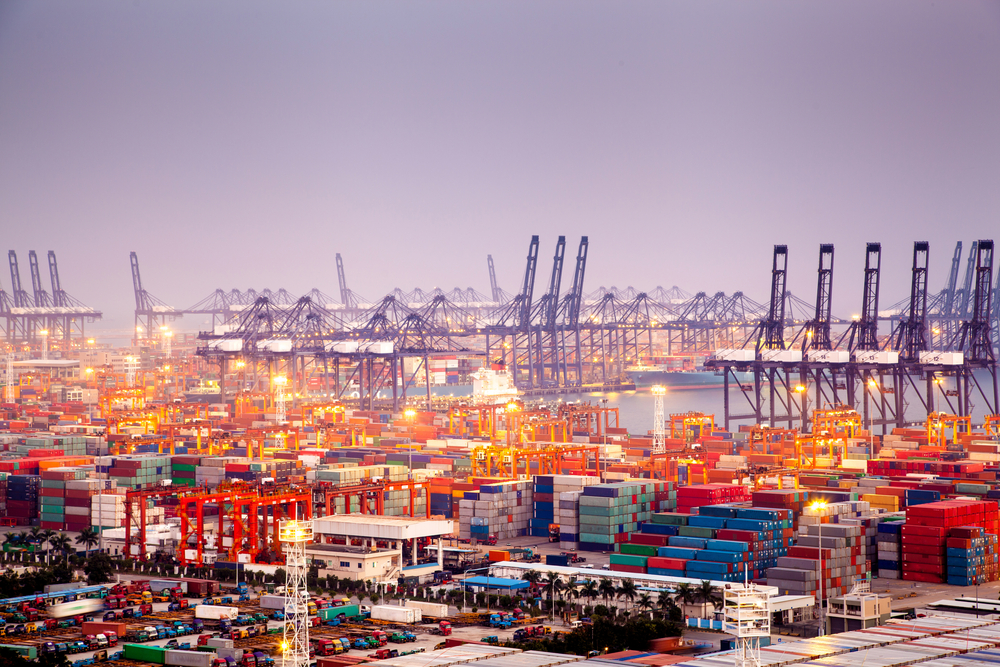A 15 per cent increase in the value of dairy exports, which has exceeded €3bn for the first time ever, shows the continuing potential for the Irish dairy expansion post quota.
This is according to Ciara Jackson, head of food and beverages at Grant Thornton.
Speaking to AgriLand, she said: “It is great to see double-digit growth in this sector as the dairy industry is very competitive globally. This is an excellent reflection on Ireland.”
The Bord Bia export performance report published today noted milk deliveries in Ireland were significantly impacted by poor weather during the spring of last year. April deliveries were some 11 per cent behind the same month in 2012 but good weather, excellent grass growth rates and good ground conditions resulted in a surge in Irish milk deliveries from June onwards, it observed.
In addition, the report noted that tight global supplies and a spike in Chinese demand led to international dairy prices reaching record levels in April with Fonterra auction WMP prices reaching $6,283 USD/tonne compared to $2,766 in April 2012. Prices eased from this peak for around two months but started to firm again to year end, reflecting the ongoing tight supply situation, it added.
“The strongest performing product categories were butter, cheese, infant formula, milk and cream, WMP and whey. Strong double-digit growth was evident across most European markets for Irish dairy products in 2013. In terms of international markets significant increases to China and parts of South East Asia offset reduced exports to the US, Saudi Arabia and South Africa,” the Bord Bia experts found.
Bord Bia also noted a slight increase in milk production, just two per cent. According to Grant Thornton agri-food expert, this is not a growing concern.
“The volume of growth is a small per cent increase. Indications are strong that farmers and processor are now gearing up to the end of milk quotas. Ireland will exceed the 2013 quota, which will cause a superlevy, but that is to be expected. Farmers and processors are readying to vamp up to when the milk quotas are abolished,” she said.
The Bord Bia report noted the UK remains a key market for Irish dairy exports with trade growing by over 15 per cent to around €1.1bn in 2013. This accounts for 37 per cent of total Irish dairy exports. The strongest performances were evident in butter and cheese.
The Bord Bia report also found that significant increase in the value of exports to China, Hong Kong, Malaysia and Vietnam offset lower trade to the US, Saudi Arabia and South Africa. “The share of dairy exports destined for markets outside of Europe now stands at 34 per cent,” it said.
Grant Thorton’s Jackson observed: “The Irish dairy industry is truly an international player. Take a look at the milk processors, Glanbia in China, Kerrygold in India, the Irish Dairy Board in the Middle East. Irish companies are building new routes to market, they are getting in early to get organised and to get ready, and they are supported very heavily by the Government.”
Beef
In terms of the beef and live cattle exports, Bord Bia reports that the value of beef exports increased by almost 10 per cent reflecting a rise of five per cent in output and four per cent in average prices. As a result, exports were valued at just under €2.1bn. A jump of a third in cattle exports and a doubling in sheep shipments helped drive a rise of 11 per cent in the value of livestock exports to an estimated €240m.
In terms of beef exports, the Grant Thornton agri-food expert welcomed the increase in beef exports and noted corresponding increases in beef prices.
In terms of farmer profit and current Irish beef prices, she observed: “Beef prices were more volatile. In the beef sector, supply is tight. Another fact is the change in demand. Many economies have been in Recession across Europe the past number of years where people have been buying less premium cuts and volumes. Consumer demand has had an impact on prices.”
She noted that the horse-meat scandal has had positive and negative impacts.
“From an Ireland Inc point of view, Burger King and McDonald’s have significant contracts with Ireland. This continued support is a positive thing. In the UK though demand for frozen food burgers has fallen by 15 and 20 per cent.”
She also spoke on the move towards dairy farming.
“The dairy farmer is now considered more profitable, which might be a bit of a generalisation, but that is the view. And we are now seeing more farmers move to dairy production. This has an impact in the supply of cattle to the beef sector, which is of concern to beef processors, and this has had an impact on prices. Less supply will drive up prices.”
Also she said a factor on price was the mix between processed meat for export, which amounted to €2.1bn in 2013 and live exports €250m.
“Depending on who you speak to, some say we should be doing less in the live export market but this mix does help manage farmer-to-processor price as in the farmer has two choices, to sell for processing at price A or to export at price B. That dynamic is always there which is healthy. Also the view of Ireland Inc is that Irish beef is moving up the value chain that also creates a price premium must be taken into account.”
In conclusion she noted: “The food sector has gone through a tough couple of years with lean activity cost and an internal focus to stay in business, but that is changing and businesses are now looking at growth and expansion.”

